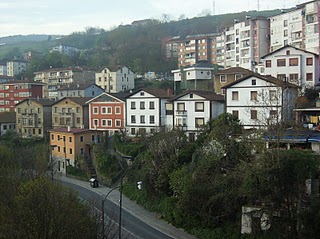 Our hostel overlooked the town and the river, which is just a few miles upstream from the Cantabric sea. The following morning, we got our (crappy) free breakfast and headed into town. Our first stop was the world-famous Guggenheim Contemporary Art Museum, the attraction that spearheaded the makeover of the city. From the gleaming steel plates in curves and no right angles all the way back to the bus station, the town is brimming with modern art sculptures (including one of just streetlights) and oddly shaped manicured hedges. I still love the enormous statue of a dog outside the museum that’s covered in flowers. It’s called “The Puppy” so I love it for obvious reasons. Inside the museum, I couldn’t help but remember the words of the audioguides from when I studied here before. “Look at the ceiling. Isn’t it uplifting?” The building is more impressive than the art itself. While some fantastic works find their home (better still, temporary home) in this museum, the building looks like a huge typhoon crossed with the Sydney Opera House. We wandered through the exhibits, stopping to play in the gigantic sculpture “The Passage of Time” and marveled at the exhibits where patrons could take part of the sculpture home. What impressed me more was how well-behaved the school children from the region are behaved. They made my high schoolers – who should know better – look a bit barbaric! The were quiet and followed their teacher or guide and didn’t put their grubby hands on priceless art pieces. Shocking.
Our hostel overlooked the town and the river, which is just a few miles upstream from the Cantabric sea. The following morning, we got our (crappy) free breakfast and headed into town. Our first stop was the world-famous Guggenheim Contemporary Art Museum, the attraction that spearheaded the makeover of the city. From the gleaming steel plates in curves and no right angles all the way back to the bus station, the town is brimming with modern art sculptures (including one of just streetlights) and oddly shaped manicured hedges. I still love the enormous statue of a dog outside the museum that’s covered in flowers. It’s called “The Puppy” so I love it for obvious reasons. Inside the museum, I couldn’t help but remember the words of the audioguides from when I studied here before. “Look at the ceiling. Isn’t it uplifting?” The building is more impressive than the art itself. While some fantastic works find their home (better still, temporary home) in this museum, the building looks like a huge typhoon crossed with the Sydney Opera House. We wandered through the exhibits, stopping to play in the gigantic sculpture “The Passage of Time” and marveled at the exhibits where patrons could take part of the sculpture home. What impressed me more was how well-behaved the school children from the region are behaved. They made my high schoolers – who should know better – look a bit barbaric! The were quiet and followed their teacher or guide and didn’t put their grubby hands on priceless art pieces. Shocking.
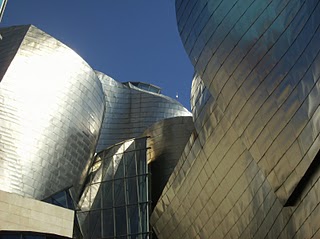
We took advantage of a gorgeous day by walking through the center of town (after a delicious 30cm/12in Subway Sweet Onion Chicken Teriyaki sandwich, clearly). It’s modern, sleek and crowded – kind of everything Sevilla isn’t. Stopping for sweets like meringues and tarta vasca, a small cake with almonds and custard slowed us down a bit, as did sidewalk sales in the old part of the city. We finally made it to the Museo Vasco, which had interactive exhibits about the Basque people (44 of whom live in Wyoming and Colorado. Who knew?!) as well as artifacts. Kelly studied cultural anthropology, so I would compare her enthusiasm to mine in a dinosaur museum. The old city looks ancient and dark and medieval. It was beautiful. To get back to the bus station, we walked along the river through a park. The sun was setting and parents were toting their kids around. I also got to lay in grass (GRASSSSSS!!!!) for the first time in months, hence the picture below. I was quite excited. Check out my Don Gaa-esque sunglasses, which I bought for less than 2 euros. SCORE.
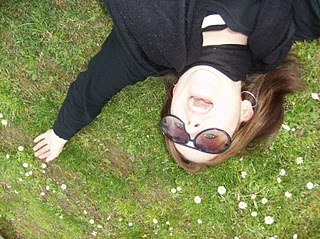
Our next destination was San Sebastian, where we’d be based for the next several days. Situated between mountains and sea, the city is separated by a wide river and known for its beaches, surfing and nightlife. The whole place was set ablaze by Napoleonic armies in the 1830s, so its appearance is very regal and contemporary. Along the promenade of Bahia de la Concha, the beach is framed by white iron fences leading from one mountain to the other, one of which towers over the old part of the city not destroyed by the fire. For dinner, we wanted to sample some seafood and pintxos – the basque equivalent of tapas. We were surprised to discover the tapas were pretty much all seafood (a problem for vegetarian Kelly) and not as cheap as in Sevilla. We split a small bowl of risotto and a glass of cidra at the first bar, then moved on to a second where Kelly had a delicious pistachio croqueta and I munched on a kebab with juicy beef and a cheese and meat ball. At most bars, like in many places in Sevilla, the pinxtos are all laid out on the bar counter and you get to point and choose which you want. Some of them look like something off of Top Chef – delicately constructed towers of bread, pate, meat or seafood with trimmings. I think I enjoyed the food more than poor Kelly, who found seafood in her tortilla española (which generally just contains eggs, potato and onion).
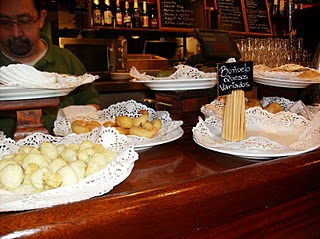
Our hostel was perfect – small, near the beach with a huge kitchen and free internet. It also had a huge selection of DVDs. The kitchen was great for socializing, and we were lucky enough to have people from Spain, the US, Australia, Denmark in our hostel. One of my favorite parts of traveling is staying in hostels and meeting people from all over the world. We happened to have another auxiliar and two English teachers staying there, so we all could communicate well and trash talk our alumnos.
The following day, we explored blustery San Sebastian. After walking along La Concha, which was recently pummeled by what locals call “the tsunami” (though I highly doubt waves can get that high in a big bay surrounded by cliffs), we took the gondola to the top of the mountain on the west end, Mt. Igueldo. From the top, you can see the whole bay and pay for amusement park rides like bumper cars, a haunted house and a log ride. The second we stepped off the funicular, it began to rain. So, we pulled out our umbrellas and rolled up the legs of our jeans and ventured out. In the rain, there sadly isn’t much to see, but we made our own fun, mostly with crappy umbrellas and my camera:
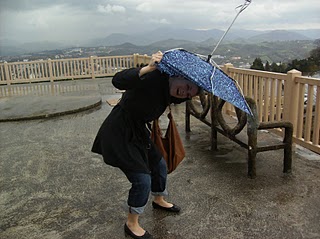
We mistakenly thought we could go to the Miramar summer palace, but we were wrong, so we had some lunch and warmed up while the rain continued to fall. I finally suggested we brave the other mountain, so we trekked up Mt. Urguell. It didn’t take to long, and we were rewarded by seeing the entire area. There was a football match that evening between the team from San Sebastian and Soria, from Castilla y León, and the noise from the visiting team lured us away from a gigantic statue of Jesus up top of the castle (and an adorable man who thought we were from Andalusia) and into the city.
After a nap and grocery shopping, we settled in to botellón with some girls from Minneapolis, but ended up just talking until 2am and were too tired to go out. Actually, we didn’t go out the whole time we were away. I’m so used to going out and having a few beers every night, but it was nice to detox and have a little wine with pizza. Classy.
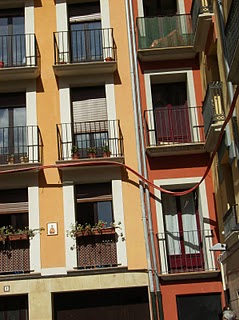
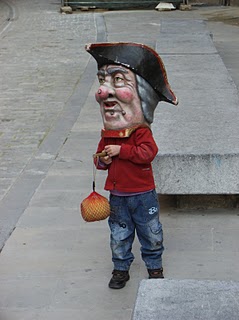
The following morning, we were up early and out of the hostel to go to Pamplona. Most of you may not be familiar with the town, but I’m sure you’ve heard of the Running of the Bulls, or the encierros de San Fermin. In this town, far from practically everything, the city swells to accommodate locals and foreigners who want to risk their lives to run about 430m through the old part of a city and into a narrow opening in the bull ring. We were there on a quiet Sunday afternoon that was pleasant and relaxing. After a coffee break, we explored the city center, full of colorful buildings, remnants of the Camino de Santiago and the encierros and a realllllly good-looking Navarran man who doubled as a tour guide. We stopped first at the museum of the city, perched along the river and in an old cathedral. The permanent exhibit is a bunch of old religious paintings, but there were dead bodies and gravestones and all that creepy stuff I like. we followed the route of the bull run through the center of the city of 200,000 towards the bull ring, stopping to buy the red scarves the townspeople wear during the festival (July 7-13) and have a really expensive beer in Cafe Iruna. For any Hemingway fans, this is the cafe he often sat at in the book, “The Sun Also Rises.” Though I don’t like Hemingway, I love that book, so I was willing to pay 1,90 fo a beer. It sits on Plaza de Castilla, and I remember how much I miss having a big, central plaza in town like I did in Valladolid.
We then walked the Camino de Santiago route through town. The Camino is a pilgrimage that spans hundreds of kilometers through the northernmost parts of Spain from France to the town of Santiago de Compostela (where I’m traveling in March YAAAAAY). Millions from all over the world complete the trek, and we even saw a few of them wandering through the city with walking sticks and conch shells (the official symbol of the pilgrim). At the edge of the old part of the city, there’s a large park with wild deer, turkeys, peacocks, goats and ducks. We spent about 40 minutes just waiting for the albino peacocks to open their feathers for us before having lunch at the Ciuadella, a large military complex now used as exhibition space. After spending the better part of the rest of the day watching movies, we spent the rest of the night in the kitchen experimenting and laughing and eating and making new friends.
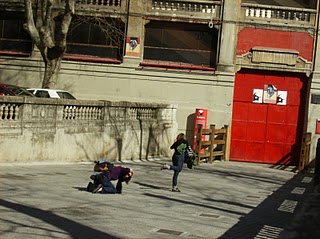
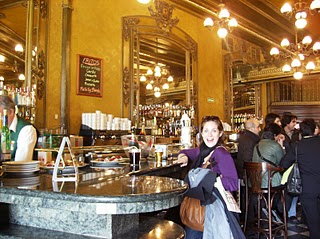
Monday we were up early with a mission: sneaking Kelly and our new friend from Denmark, Anette, into France without passports. Since Anette is an EU citizen, we figured it wouldn’t be a problem, but were unsure about Kelly. The 45 minute bus ride took us along the sea and into France by way of Irun/Hendaye, and it was amazing how fast the signs went from Spanish and Basque to French! Having taken a year of French in college, I could barely ask for directions, but many people there speak Spanish. Woo bilingualism. Our first stop was the town of St.-Jean-de-Luz, a small and charming town with thatched roofs right on the sea. It’s a bit sleepy and no one was out when we arrived at 1030am, which is strange when you live in a town with perpetual summer. The scent of crepes and an extreme shoe addiction led us to the main shopping street, but the espadrilles were too expensive. Instead, we stopped by a small food stand (think a Marcos Grilled Cheese with french goodies). I did my best to order three crepes with different additions in French, but the woman just corrected me. I mistook her “rudeness” for her acutally trying to help us. As the grill heated up, she began to speak to us in perfect English, and then told us how to say all kinds of things, from asking if her creepy friend’s dog was mean to finding a liquor store. All things I have since forgotten, sadly. She didn’t charge us for our crepes, either.
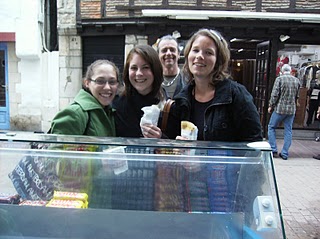 our new friend the crepe lady, giving us free French lessons and delicious breakfast
our new friend the crepe lady, giving us free French lessons and delicious breakfast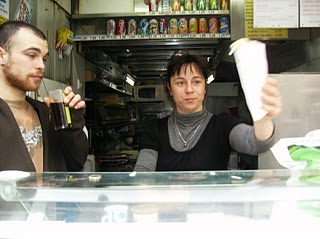
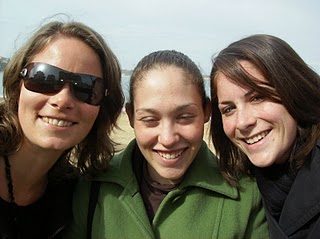
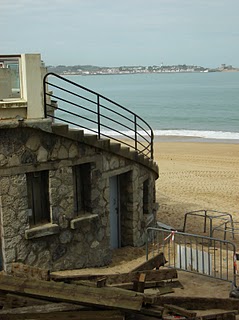
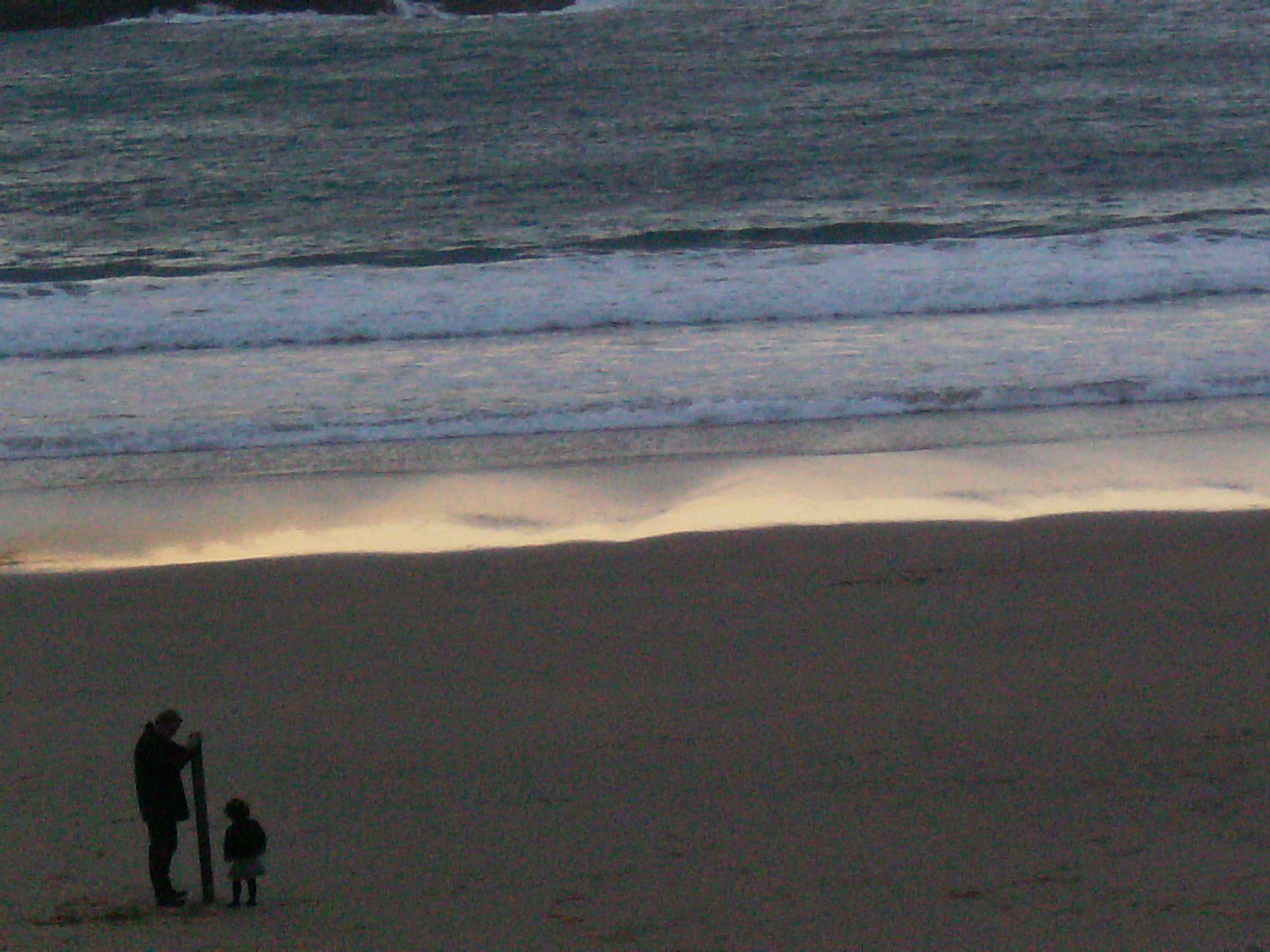
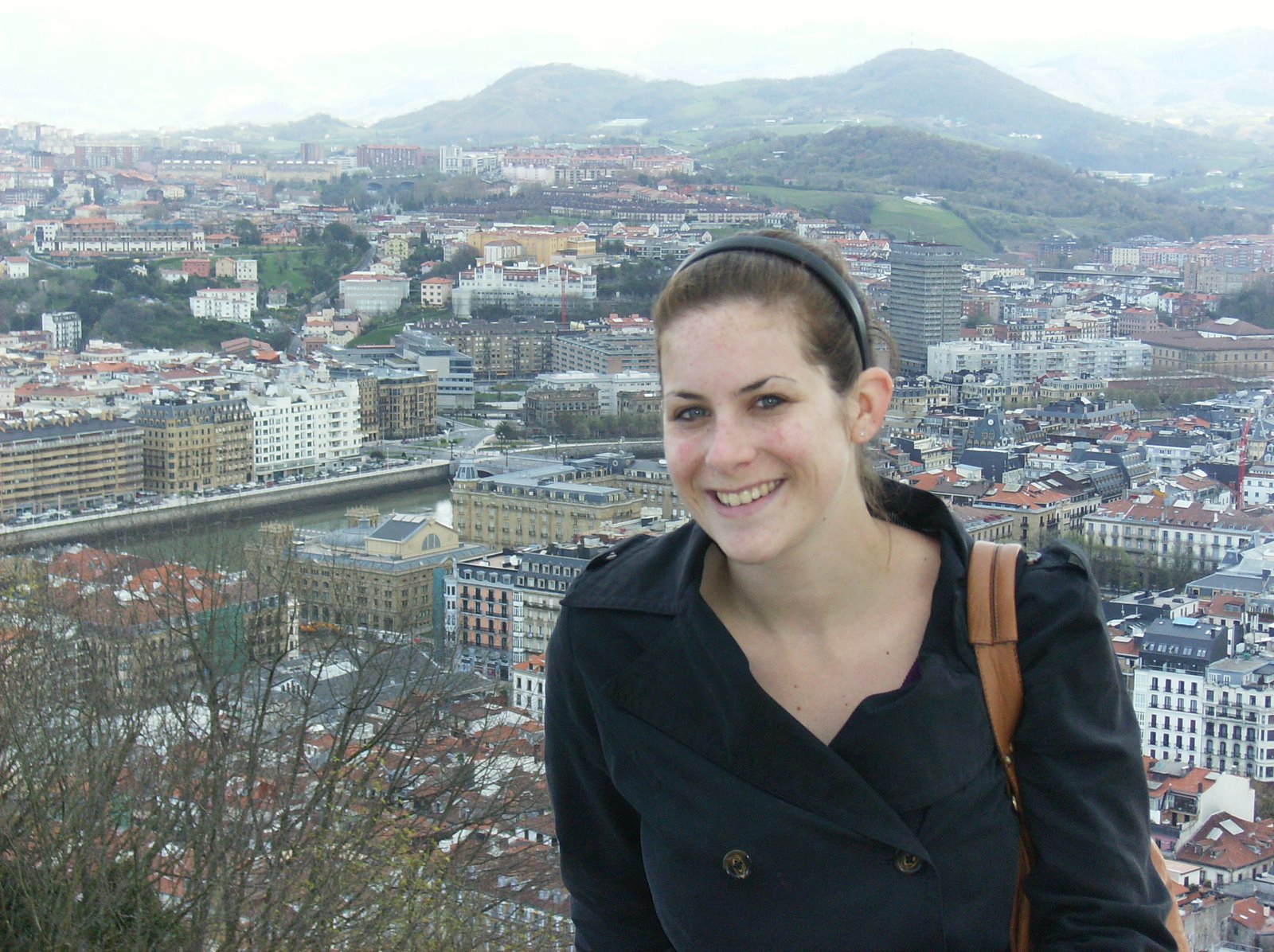





Speak Your Mind